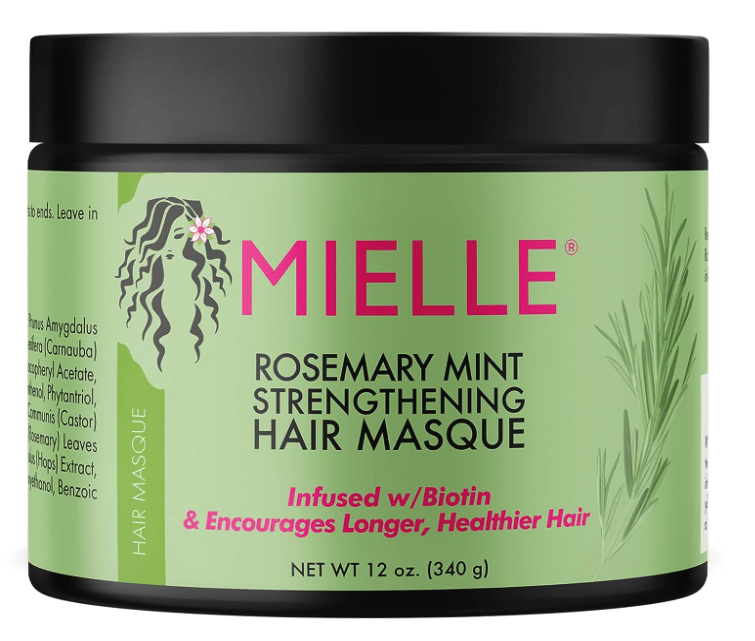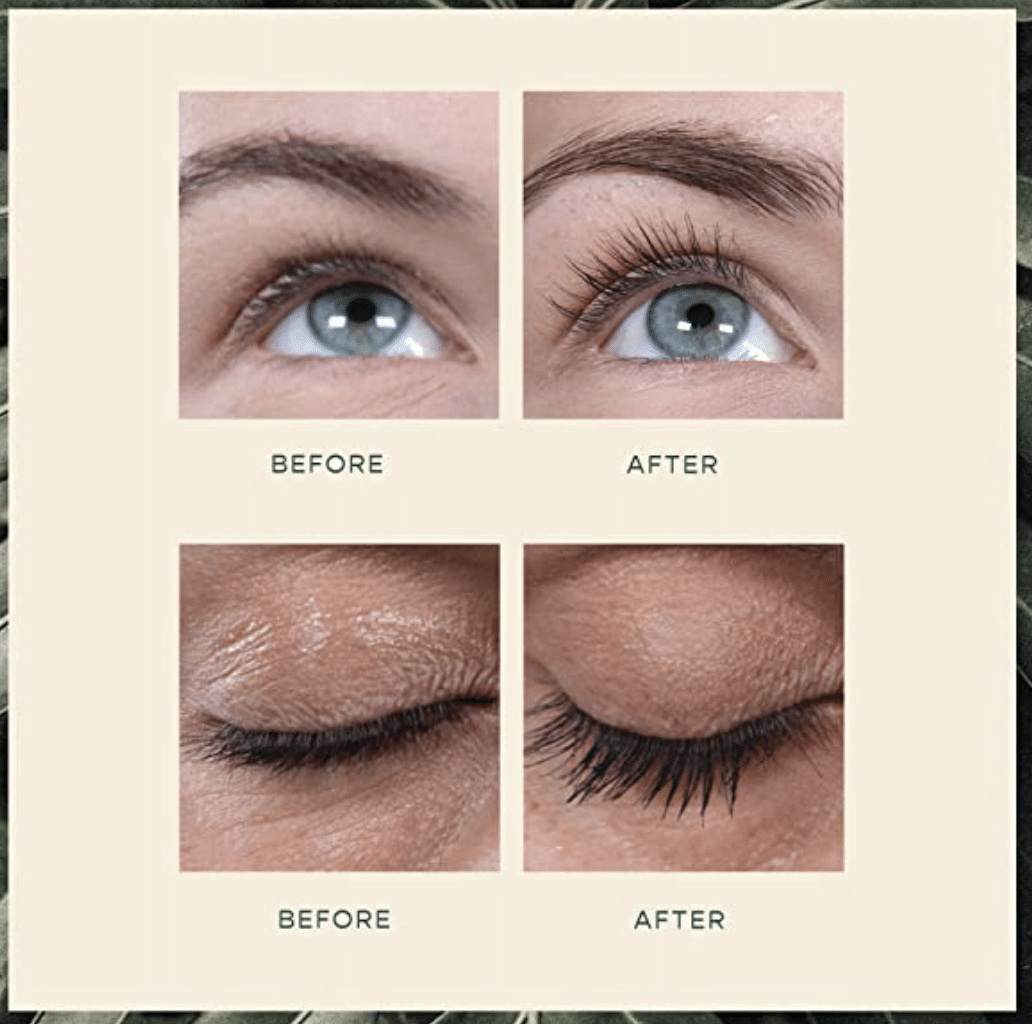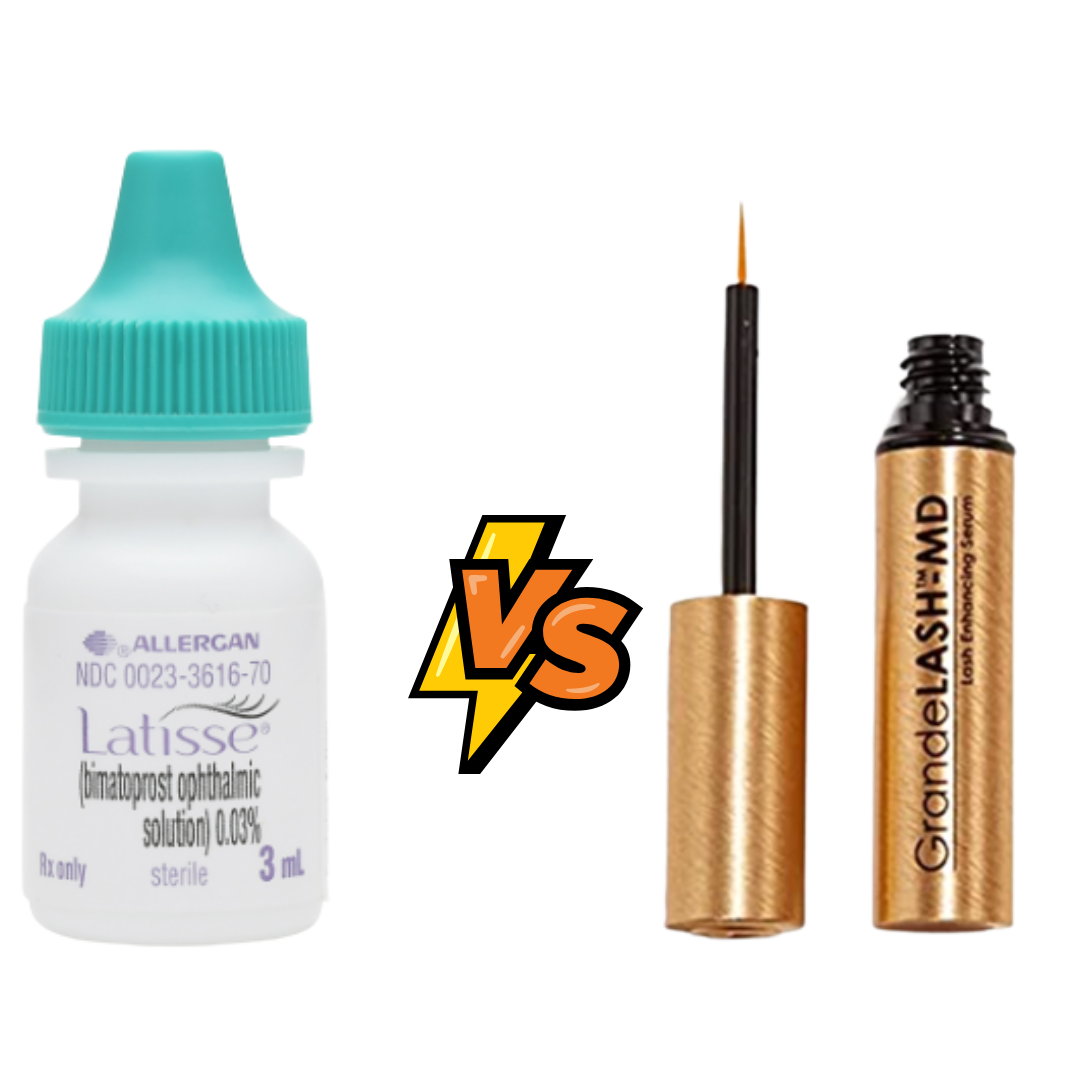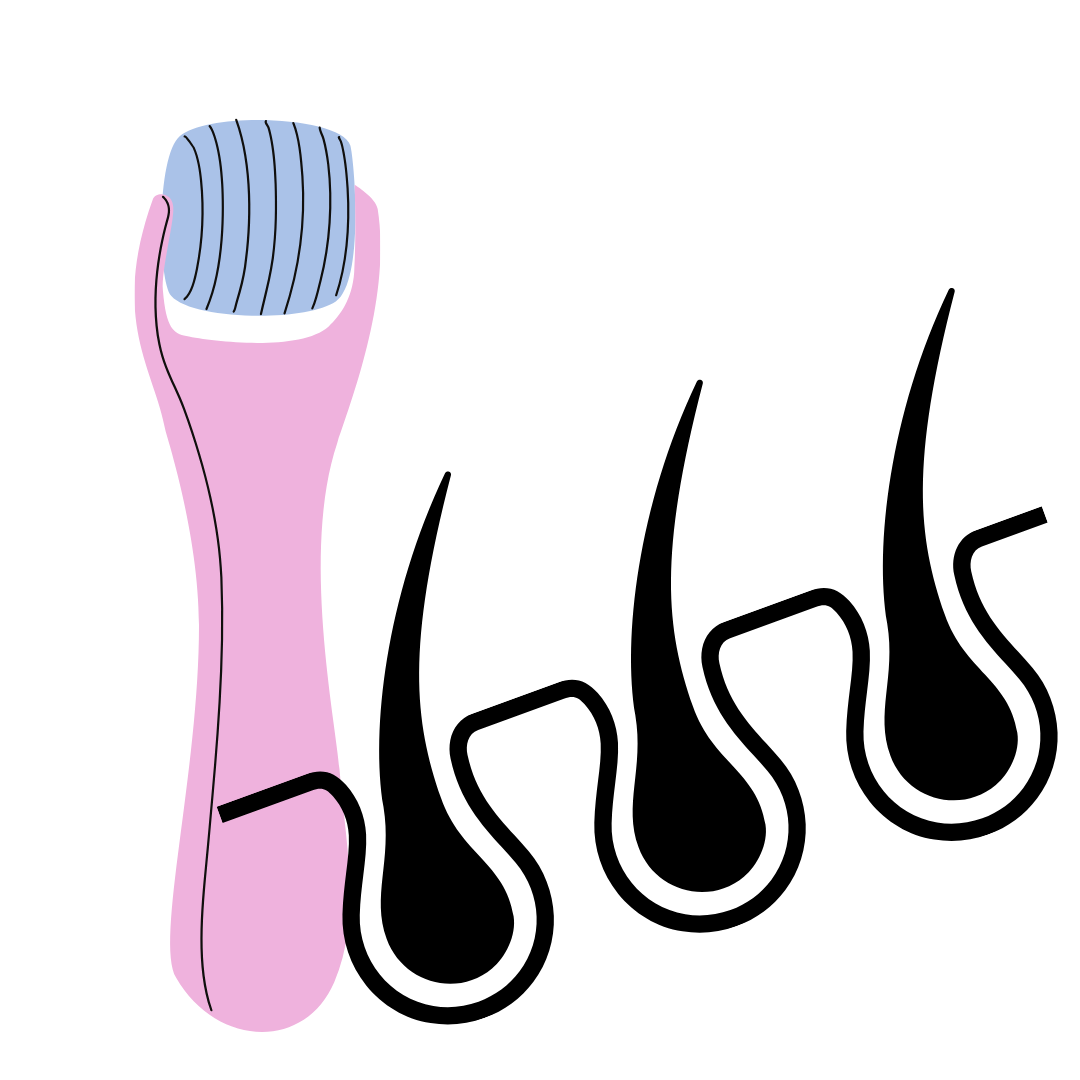Today we focus on the four phases of the hair growth cycle, and I’ll be explaining in detail what to expect at each stage.
We shed hair on a regular basis, as many as 50 to a 100 per day, so it should come as no surprise that despite the hair being intrinsically dead, it does have a lifecycle.
The hair growing currently is not the same hair that you were born with. In fact, like many mammals, humans even have seasonal shedding, particularly in the autumn, according to Swedish researchers. Before we continue, it should be noted that the hair follicle exists below the skin. Therefore, trimming or shaving, which are just acts of cutting hair to an arbitrary length, will not change or affect the growth cycle of your hair.
Plucking, waxing, or threading on the other hand, will affect the growth cycle in the hair growth cycle.
There are four phases: anagen, catagen, telogen, and exigent antigen is the state in which hair actually grows the rate of is about 0.5 inches per month. On average, the amount of time a hair will remain in the antigen phase will vary from person to person.
Although scientists estimate between four to six years for your scalp hair, body hair is said to have shorter antigen phases.
The antigen phase is particularly interesting depending on the type of hair follicle you were studying in men and women with androgenic alopecia, the hormone dihydrotestosterone shortens the antigen phase and miniaturizes the follicles on the Vertex of the scalp. Whereas androgenic hair such as chest hair and beards are dependent upon dihydrotestosterone to grow. The antigen phase can also be cut short through a number of factors including stress, poor diet and aging.
Once the anagen phase ends, the catagen phase begins.
The catagen phase refers to the period of time in which the head attaches from the blood vessels and dermal papilla and the hair stops growing because the blood flow is removed depriving the follicles of much needed oxygen and nutrients to actually grow the hair.
This last for approximately two weeks and acts as a catalyst for the next phase teligent.
The telogen phase is where the hair follicle rests for approximately three months before starting the antigen phase, again.
In rare circumstances, people can suffer what is known as intelligent, a fluvial, which is a noticeable thinning caused by long, severe daily shedding periods and a longer telogen phase, which may be a result of poor diet stress deficiencies in vitamins and minerals or a combination of all of the above.
Usually after three months, the exigent phase will start the exigent phase, which is actually just an extension of the telogen phase is where the hair sheds and new hair simultaneously starts to grow and begin a new antigen period.
As mentioned previously, you can shed up to a hundred hairs per day and not even notice.
You’re probably wondering why you weren’t going completely bald over a few years for a three month period.
Well, each hair follicle is a complex many organ which has its own biological clock and is independent. So while some will be synchronized simply by coincidence, it will be incredibly rare for all to synchronize completely.
As stated previously, shutting is an ongoing process and may be seasonal and indeed even gender dependent.
As research suggests that women experienced slightly higher rates of telogen, then the men do during July, which sees the telogen has fallout over three months later in mid October or November.






